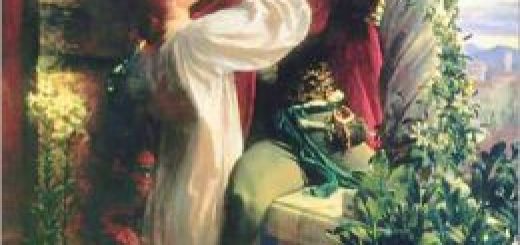In the streets of London
Aims of the lesson:
- Forming the communicative skills of pupils;
- Getting acquainted of the new information about London;
- Developing listening and reading skills of the pupils;
- Bringing up the respect to English culture and traditions.
Tasks:
- To present London’s sightseeings;
- To learn by heart a new poem;
- To practice new vocabulary;
Materials used:
Pictures and photos of London’s sightseeings;
Plan
Aim:
T: Good morning, dear children!
P: Good morning, dear teacher!
T: I’m glad to see you. How are you?
P: Fine. And how are you?
T: I’m fine, thank you. Sit down, please. Now, tell me, please, who is on duty today? What date is it today? What day of the week is today? Who is absent today? What is your homework?
P: I’m on duty today. Today is…. …is absent today.
Warming-up:
T: Imagine. You are in the street of the city. Let’s repeat the words connected with this topic. Look at the words on the blackboard. You can see mind-map “A Street”.
Street
Transport Buildings Natural features
a car a shop flowers
a tram a museum trees
a trolley-bus a house bushes
a bus a café
a taxi a school
an office
T: Make up word combinations or sentences.
P1: Many cars, a big house, a new café…
P2: There are many cars in my street.
P3: There is a big house in my street.
P4: A new café is in my street.
P5: I can see a car, a tram, a bus, a taxi in my street.
Procedure:
T: Thank you. Let’s start our work. Do you like to play? Let’s play travellers. I suggest that we should go to Great Britain. Do you know what the capital of Great Britain is?
P: London is the capital of Great Britain.
T: Yes, right you are. Travellers should know much about different countries and now let’s check up you knowledge.
T: Is London one of the most interesting places in the world?
P1: Yes, London is one of the most interesting places in the world.
T: How many people do live in London?
P2: About 8 million people live in London.
T: Are there a lot of bridges over the river Thames?
P3: There are a lot of bridges over the river.
T: Which of them are the most famous?
P4: Tower Bridge is the most famous.
T: Are there lots of places of interest in London?
P5: Yes, there are.
T: Can you see splendid churches in the city? What are they?
P6: Yes, I can. I can see Westminster Abbey, St. Paul’s Cathedral.
T: How many streets are there in London?
P7: There are about 10 thousand streets in London.
T: Look at the pictures and say: “What is it?” (the demonstration of London’s sightseeings).
P1, P2, P3 : It is…
Checking up homework:
T: Here is a text divided into paragraphs. You should put them together to have the text about London (Pupils do the exercise. It is the text “London” , p 69).
T: What do you know about London? (The pupils describe London. It is their homework)
Vocabulary practice:
T: Now I see you know a lot. And I am ready to go travelling with you. Which way of travelling do you prefer?
P: By plane.
T: Now we blast off on a magic plane.
P1: Little silver airplane
Up in the sky.
Where are you going to
Flying so high?
P2: Over the mountains
Over the sea
Little silver airplane
Please take me.
T: You know in England people speak English. Let’s learn new words. Open your book at page 73, exercise 1. Listen and read: to change, to pass, to make one’s way.
(Pupils do the exercise)
T: Take the map, you are in the centre of London and you can see the National Gallery, Trafalgar Square. Then we are coming to Picadilly Circus and then we make our way to Buckingham Palace.
(The demonstration of London sightseeings)
T: Look at the blackboard and repeat the new words:
column
history
Picadilly Circus
Buckingham Palace
Trafalgar Square
the National Gallery
Listening and Reading
T: Now we continue our travelling. Please, open your book: exercise 2, page 73. Listen and say.
(Pupils do the exercise)
T: Let’s play ‘Agree or Disagee’:
- Trafalgar Square is in the centre of London. (True)
- The National Gallery has not got the fine collection of paintings. (False)
- The Nelson Column is in the centre of Trafalgar Square. (T)
- Admiral person is a famous person in the history of the country. (T)
- Picadilly Circus is a meeting place of 7 streets. (F)
- Buckingham Palace is the home place of the Queen. (T)
- The guard changes every day at 11 o’clock in the morning. (T)
T: It’s a pity, but our travelling finishes and we say: “Goodbye, London and Londoners!” We blast off on our magic plane to our country Ukraine.



